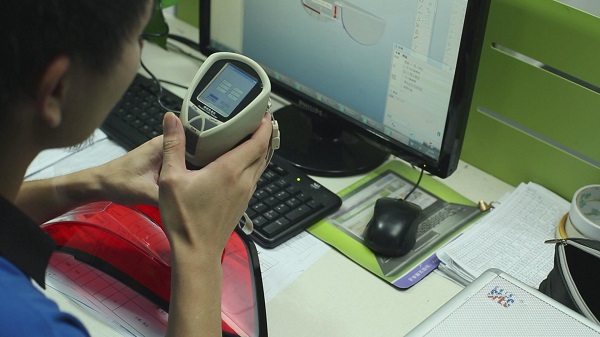Get in touch.
Dear,I will reply in 12 hours. All your message are protected!
Rapid Prototyping Services, Professional manufacturer of CNC Prototyping and 3D Prototyping in China.
Quality inspection is an essential aspect of CNC (Computer Numerical Control) machining to ensure the accuracy and precision of machined parts. This article will guide you through the process of performing quality inspection in CNC machining, helping you maintain high-quality standards in your production.

1.Establish Inspection Criteria:
Define the inspection criteria based on your project requirements and specifications. This includes dimensions, tolerances, surface finish, and any other critical features that need to be checked during the inspection process.
2.Inspection Tools:
Select the appropriate inspection tools for your CNC machining process. Common tools used in CNC inspection include calipers, micrometers, height gauges, thread gauges, and CMM (Coordinate Measuring Machine). Ensure these tools are properly calibrated and in good working condition.
3.First Article Inspection (FAI):
Perform a comprehensive inspection on the first article produced in a CNC machining process. This involves measuring and verifying all critical dimensions and features against the design drawings or CAD models. Document any deviations or non-conformities for future reference.
4.In-Process Inspection:
Conduct periodic inspections during the machining process to monitor part quality. This can include inspecting critical dimensions, surface finish, hole sizes, and any other features that require verification. Regular inspection ensures any issues are identified and corrected early in the manufacturing process.
5.Final Inspection:
Perform a final inspection on the completed parts before they are sent for further processing or assembly. This includes verifying all critical dimensions, checking surface finish, and ensuring the parts meet the specified tolerances. Inspect the parts using appropriate tools and compare the measurements with the inspection criteria.
6.Statistical Process Control (SPC):
Implement SPC techniques to monitor and control the CNC machining process. Use control charts to track key process parameters and identify any variations that may impact part quality. SPC helps in detecting trends, identifying potential issues, and maintaining process stability.
7.Documentation and Reporting:
Document the inspection results for each part, including measurements, inspection date, and any deviations from the inspection criteria. This documentation serves as a record of quality control and can be used for traceability and process improvement purposes.
8.Continuous Improvement:
Regularly review the inspection process and results to identify areas for improvement. Analyze any recurring issues or deviations and take corrective actions to prevent their recurrence. Continuously refine the inspection criteria and techniques to enhance the overall quality of CNC machining.
Conclusion:
Quality inspection plays a vital role in CNC machining to ensure the accuracy and precision of machined parts. By following the steps outlined in this article, you can effectively perform quality inspections in CNC machining, maintaining high-quality standards and meeting customer requirements. Prioritize the use of appropriate inspection tools, establish clear inspection criteria, and embrace continuous improvement to enhance the quality control process.
© 2005-2025 Shenzhen Tuowei Model Technologies Co., Ltd. | All Rights Reserved 粤ICP备11096697号